This article was medically reviewed by Erik Kramer, DO, MPH. Dr. Erik Kramer is a Board-Certified Primary Care Physician at the University of Colorado. With over 15 years of experience, his clinical interests include obesity and weight management, diabetes care, and preventive care, as well as embracing a holistic approach to primary care. He received his Doctorate in Osteopathic Medicine (D.O.) from the Touro University Nevada College of Osteopathic Medicine and completed his residency at Central Maine Medical Center. Dr. Kramer is a Diplomate of the American Board of Obesity Medicine.
There are 13 references cited in this article, which can be found at the bottom of the page.
This article has been viewed 23,536 times.
Blepharitis causes eyelid inflammation, which may include excessive tearing, redness, swelling, itching and burning, light sensitivity, blurred vision, frothy tears, crusting of the eyelashes, and dry eye.[1] You can treat this common eye condition with a careful eye hygiene regimen, but blepharitis can be difficult to get rid of, so life-long eye hygiene is essential to control it. You might also need medication for blepharitis if the inflammation is severe. There are also some alternative treatments you can try to help manage the condition and prevent flare-ups.
Steps
Seeking Medical Treatment
-
1Make an appointment to see your doctor. You’ll need a diagnosis from your primary care provider before you can get any type of medication for blepharitis. Make an appointment to see your doctor as soon as possible. Tell them about all of your symptoms and allow them to examine your eyes. Your doctor may also decide to swab your eyelids to check for bacterial and fungal infections.[2]
- If your condition is severe or chronic, your doctor may refer you to see an ophthalmologist (eye doctor) for treatment.
-
2Apply an antibiotic ointment to your eyelids if your doctor suggests it. Your doctor may recommend an over-the-counter antibiotic ointment, such as bacitracin, or a prescription ointment, such as erythromycin. This may be necessary to treat your blepharitis if it’s severe or not responding to a daily soaking and cleansing regimen. Apply the ointment to the edges of your eyelids once daily after washing and drying them.[3]
- A good time to apply the antibiotic ointment is right after your soaking and cleansing routine.
- Be careful not to get the ointment in your eyes. Only apply it to your eyelids. If you do get it into your eyes by accident, rinse them with cool water immediately.
- Your doctor may recommend washing your eyelids daily with a mixture of warm water and a few drops of baby shampoo before applying the ointment. You can also purchase an over-the-counter eyelid cleansing scrub.[4]
Advertisement -
3Take oral antibiotics daily if topical antibiotics don’t help. Your doctor may prescribe a low dose of tetracycline or doxycycline if topical antibiotics are ineffective or if you have a severe case of blepharitis. Take the medication exactly as your doctor instructs you to.[5]
- Make sure to finish the entire course of antibiotics even if your symptoms go away. Not finishing the course of antibiotics may lead to antibiotic resistance, which can make it harder to treat blepharitis in the future.
-
4Ask your doctor about steroid eye drops and ointments to control inflammation. These can help to control inflammation and improve your symptoms along with daily cleansing and soaking. Follow the instructions for how to apply the ointment or eye drops.[6]
- Apply the ointment or eye drops after you finish your cleansing and soaking regimen. This will help to ensure that the medication stays on or in your eyes.
- Only use steroid eye drops under the supervision of an ophthalmologist. Ask your doctor about the possible risks of using this medication.
-
5Find out if cyclosporine (Restasis) may be helpful for your condition. This medication is commonly prescribed to treat dry eye, but it may also be helpful for treating symptoms of blepharitis. Ask your doctor if this might be a helpful treatment option for you.[7] If your doctor prescribes this medication, place 1 drop into each eye twice daily, and try to spread out the doses so that they are about 12 hours apart.[8]
- For example, you could take the first dose after finishing your eye cleansing routine in the morning at 7:00 am and the second dose after finishing another eye cleansing routine at 7:00 pm.
- Never touch the dropper with your fingers or touch it to a surface. This can introduce bacteria into the dropper, which could lead to an eye infection.
-
6Get treated for any underlying conditions. Several conditions may cause blepharitis, such as seborrheic dermatitis, clogged oil glands in your eyelids, bacterial infections, rosacea, eye mites, or allergies. Getting the underlying condition under control may be necessary before your condition will improve.[9] Ask your doctor to check you for hypothyroidism as well, since this can often coincide with blepharitis and getting your thyroid under control may help to treat and prevent flare-ups.[10]
- Also, make sure to tell your doctor if you’ve lost eyelashes. Although it’s rare, this can sometimes indicate that the inflammation is due to eye cancer.[11]
Tip: Medications may help to clear the infection and control symptoms, but daily soaking and cleansing is still necessary to treat blepharitis.
Maintaining a Daily Eye Hygiene Routine
-
1Apply a wet, warm compress to your closed eye for 5 to 10 minutes. Wet a washcloth with warm water and wring it out. Then, fold the cloth in half and apply the washcloth to your affected eye or both eyes. Gently press the cloth so that it is making contact with your eyelids.[12]
- Apply a warm compress 2 to 4 times daily to help soothe and cleanse your eyelids.
Tip: For an even more effective compress, soak the washcloth in a solution of 8 fl oz (240 mL) of warm water and 1/4 teaspoon (1.25 g) of salt. Make sure to wring the washcloth out well before applying the cloth to your eyelids.[13]
-
2Wash your eyelids with warm water and a few drops of baby shampoo. Mix 8 fl oz (240 mL) of water with 2 to 3 drops of baby shampoo and apply it to a clean washcloth. Then, gently wipe your eyelids with the soapy, wet washcloth, going from the inner edge to the outer edge of your eyelid. Repeat this at least 3 times for each eyelid and use a new section of the washcloth each time you wipe your eye.[14]
- Use a different washcloth or at least a different section of the washcloth for each of your eyelids.
- You can also massage the soapy water into your eyelids with your fingertips.
- Make sure to keep your eyes closed while you do this. Baby shampoo is mild, but it may still cause some irritation if it gets into your eyes.
-
3Rinse your eyelids with warm water 3 times. Next, turn on the warm water and cup your hands together to collect it. Then, close your eyes and splash the warm water onto your eyelids. Repeat this 3 or more times to rinse away all of the soap.[15]
- Keep your eyes closed while you rinse away the soap.
-
4Pat your eyelids with a clean, dry towel. After you have removed all of the soap, use a clean, dry towel to gently pat your eyelids dry. Don’t rub your eyelids with the towel. Try to use a different section of the towel to dry each of your eyelids.[16]
- You could also use a clean, dry paper towel to pat your eyelids dry.
-
5Repeat the routine 2 times daily during flare-ups and once daily after that. Blepharitis can take a week or longer to clear up, so persistence is important. Also, after you’ve had blepharitis once, you’re more likely to get it again. Maintain your regimen of soaking and cleansing your eyelids 2 times daily until your symptoms are completely gone and then continue to follow the regimen once per day after that. This will help to treat blepharitis and prevent a recurrence.[17]
- For example, you could do your soaking and cleansing routine first thing in the morning and right before bed at night.
Trying Alternative Treatments
-
1Blink your eyes 20 times and repeat 4 times per day. People tend to blink less as they get older, and this can cause blepharitis flare-ups. Simply blinking your eyes more often may help to stimulate the flow of tears and oils to keep your eyelids clean. Do 4 daily blinking sessions where you blink your eyes 20 times in a row.[18]
- Leave yourself a note on the bathroom mirror or set a reminder on your phone to remember to blink more.
-
2Shampoo your hair with anti-dandruff shampoo if you have dandruff. Using anti-dandruff shampoo to cleanse your hair may help to clear up blepharitis that is the result of dandruff. Continue your daily soaking and cleansing routine, but also switch to an anti-dandruff shampoo to see if this helps.[19]
- Keep in mind that it may take a week or longer to notice a difference.
Warning: Do not wash your eyelids with the dandruff shampoo! Only use it to wash your hair.
-
3Use a diluted tea tree oil scrub or oil on your eyelids if you have mites. You can wash your eyelids with a tea tree oil scrub that contains 50% tea tree oil or apply a 5% tea tree oil ointment to your eyelids to help treat mites on your eyes. Follow the manufacturer’s instructions for use and make sure to check with your doctor first, especially if you are using another over-the-counter or prescription ointment or eye wash.[20]
- Look for tea tree oil eye wash and ointments at your local drug store or online.
-
4Take a daily omega-3 supplement to help treat and prevent flare-ups. Taking 2 1,000 mg omega-3 supplements 3 times per day may help to treat a blepharitis flare-up and prevent future flare-ups. Ask your doctor first, especially if you’re already taking prescription or over-the-counter medications.[21]
- You can also eat more foods that contain omega-3 fatty acids, such as salmon, mackerel, flaxseeds, and walnuts.
- Be aware that supplementing with omega-3 fatty acids may not provide benefits immediately, but you may see an improvement in the recurrence of symptoms over the course of 1 year.
Warnings
- Avoid using eye makeup or wearing contacts during a blepharitis flare-up. This can make matters worse, such as by causing a sty, chalazion, or pink eye.[22]⧼thumbs_response⧽
References
- ↑ https://www.nei.nih.gov/learn-about-eye-health/eye-conditions-and-diseases/blepharitis
- ↑ https://my.clevelandclinic.org/health/diseases/10032-blepharitis
- ↑ https://www.aoa.org/healthy-eyes/eye-and-vision-conditions/blepharitis?sso=y
- ↑ https://www.aoa.org/patients-and-public/eye-and-vision-problems/glossary-of-eye-and-vision-conditions/blepharitis
- ↑ https://www.aao.org/eyenet/article/managing-blepharitis-tried-true-new-approaches
- ↑ https://my.clevelandclinic.org/health/diseases/10032-blepharitis
- ↑ https://www.aao.org/eyenet/article/managing-blepharitis-tried-true-new-approaches
- ↑ https://www.drugs.com/restasis.html
- ↑ https://www.hopkinsmedicine.org/health/conditions-and-diseases/blepharitis
- ↑ https://www.ncbi.nlm.nih.gov/pubmed/15290270
- ↑ https://stanfordhealthcare.org/medical-conditions/eyes-and-vision/eyelid-cancer/symptoms.html
- ↑ https://www.hopkinsmedicine.org/health/conditions-and-diseases/blepharitis
- ↑ https://www.aao.org/eyenet/article/managing-blepharitis-tried-true-new-approaches
- ↑ https://www.nei.nih.gov/learn-about-eye-health/eye-conditions-and-diseases/blepharitis
- ↑ https://www.nei.nih.gov/learn-about-eye-health/eye-conditions-and-diseases/blepharitis
- ↑ https://shileyeye.ucsd.edu/eye-conditions/cornea-conditions/blepharitis/treatment
- ↑ https://www.ouh.nhs.uk/patient-guide/leaflets/files/101028blepharitis.pdf
- ↑ https://www.aao.org/eyenet/article/managing-blepharitis-tried-true-new-approaches
- ↑ https://my.clevelandclinic.org/health/diseases/10032-blepharitis
- ↑ https://www.aao.org/eyenet/article/managing-blepharitis-tried-true-new-approaches
- ↑ https://www.ncbi.nlm.nih.gov/pmc/articles/PMC2646454/
- ↑ https://www.nhs.uk/conditions/blepharitis/
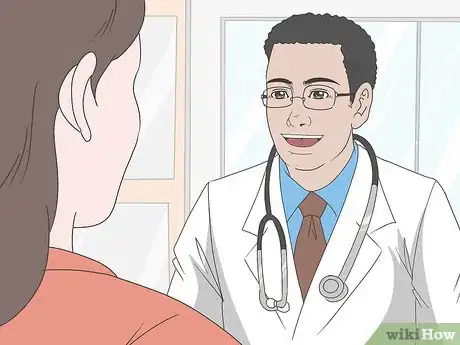
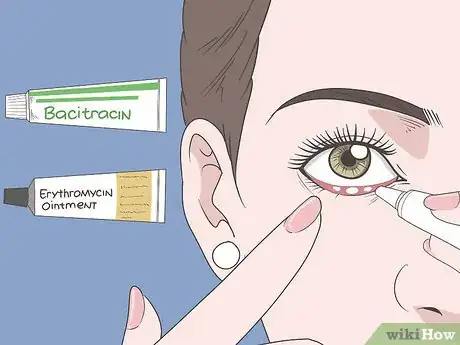
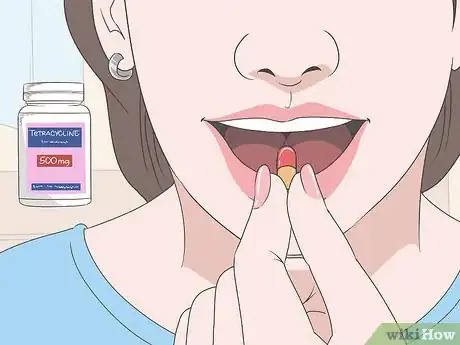
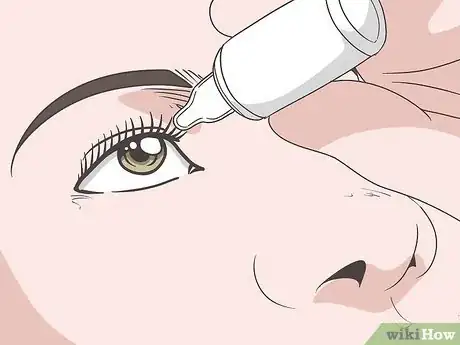
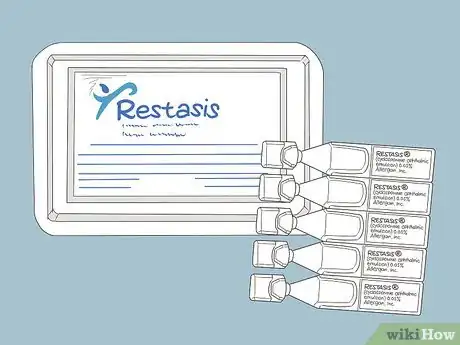
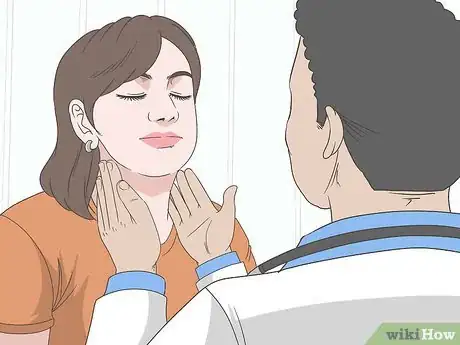
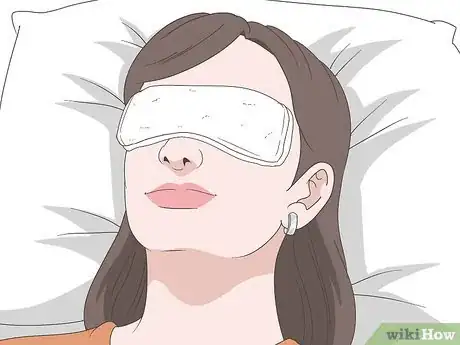
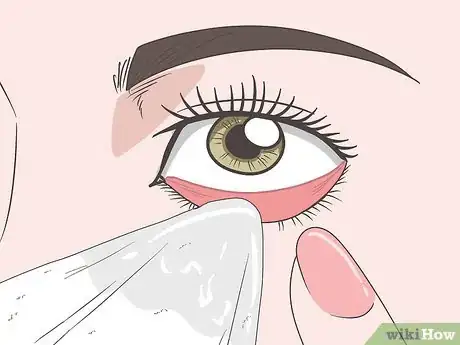
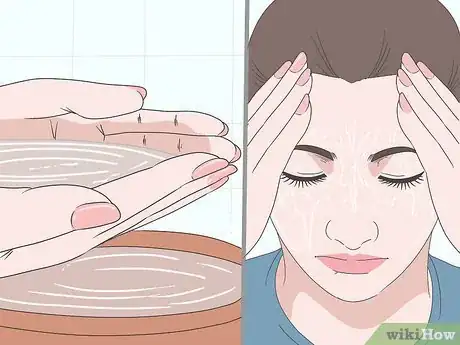
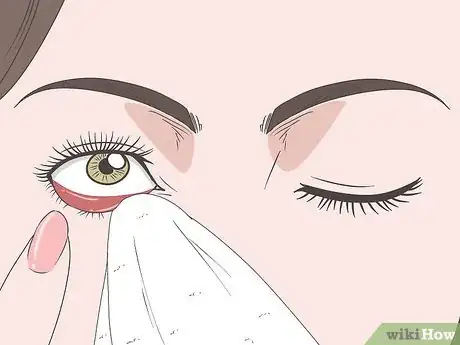
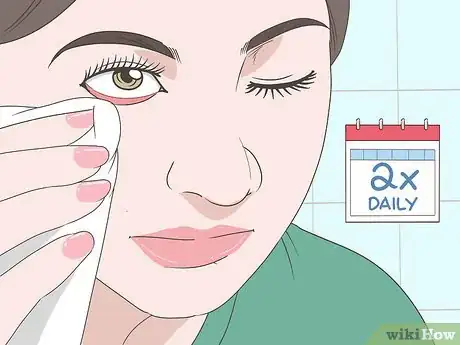
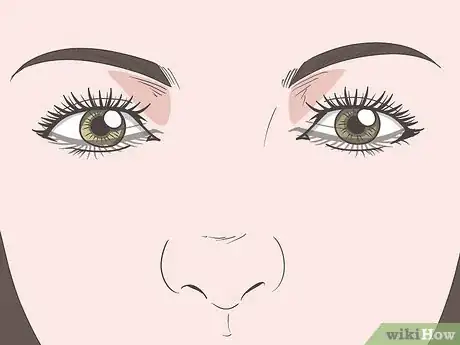
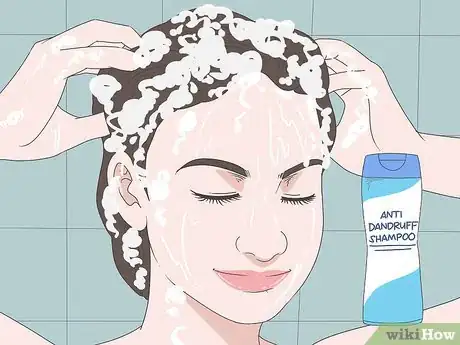


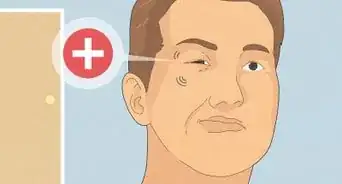
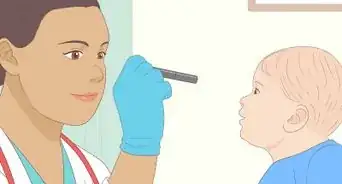
-Step-3-Version-2.webp)





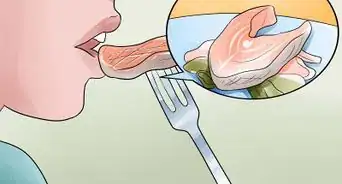

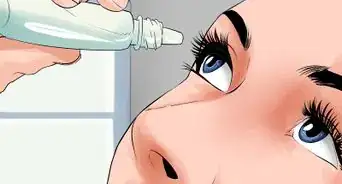









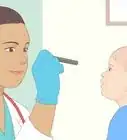
-Step-3-Version-2.webp)



































Medical Disclaimer
The content of this article is not intended to be a substitute for professional medical advice, examination, diagnosis, or treatment. You should always contact your doctor or other qualified healthcare professional before starting, changing, or stopping any kind of health treatment.
Read More...